The typical routine for tourists in Hiroshima is to spend a couple of hours exploring the peace park and museum, and then head to the island of Miyajima to see what is probably the most Instagrammed torii gate in the waters off the coast and to feed the “tame” deer around the island. I couldn’t do it.
As soon as I saw the Atomic Dome, what is left of the Hiroshima Prefecture Industrial Promotion Hall after the US dropped the first atomic bomb on Hiroshima in 1945, I knew this was a place where I would need to take my time and be in the moment, rather than thinking about rushing off to see a gate in the sea.
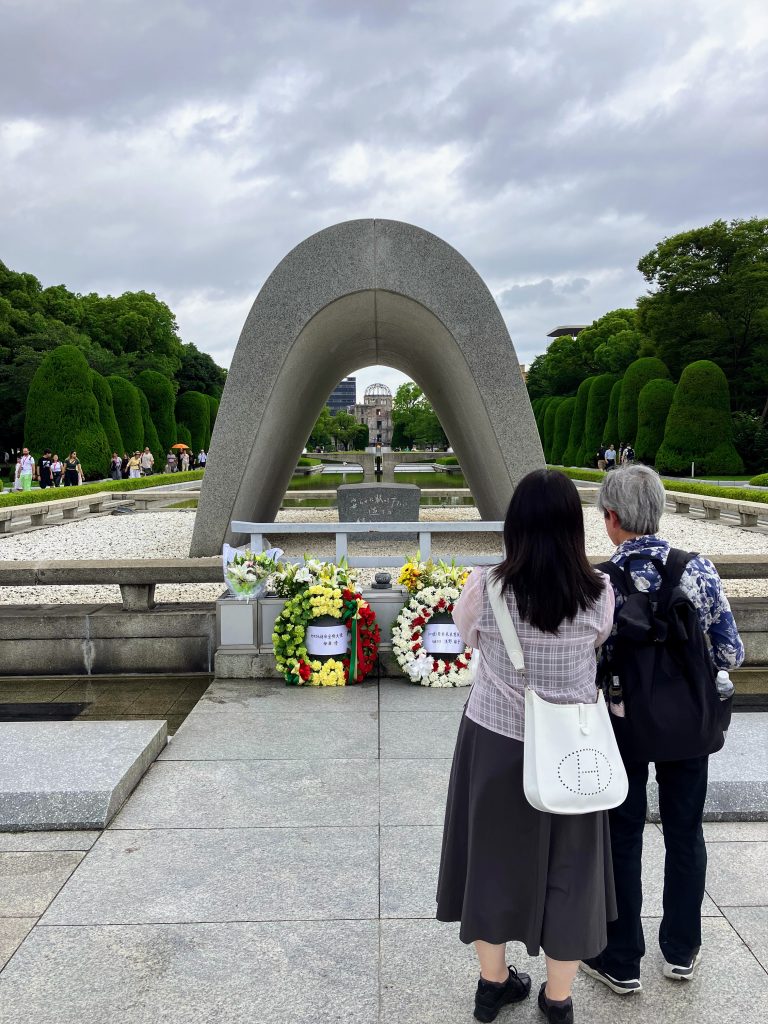
I ended up spending most of the day around the peace park, museum, other smaller museums and monuments. I was happy to be alone so I could go at my own pace. Of course, I knew about the horrors of the bombing of Hiroshima, but being there was so much more powerful and moving.
There is so much that stands out about that day, but one thing that really struck me was how reverent and respectful everyone was. There were thousands of people from every corner of the earth there, and I heard no one complaining, no kids whining, no one doing anything that might disrupt the experience for others.
When I entered the museum, there were large groups of elementary and middle school children about to enter. I got ahead of them, hoping to avoid the noise that comes along with hundreds of kids visiting a museum. I didn’t have to worry about that at all, as it turns out. The kids were chatting and acting their age on the way in and suddenly became silent as we entered the dark hall of the first exhibit. Everyone did, it was just a natural reaction to seeing the horrors that were revealed in the photographs and other exhibits. And that is how it remained throughout the many hours I spent there.
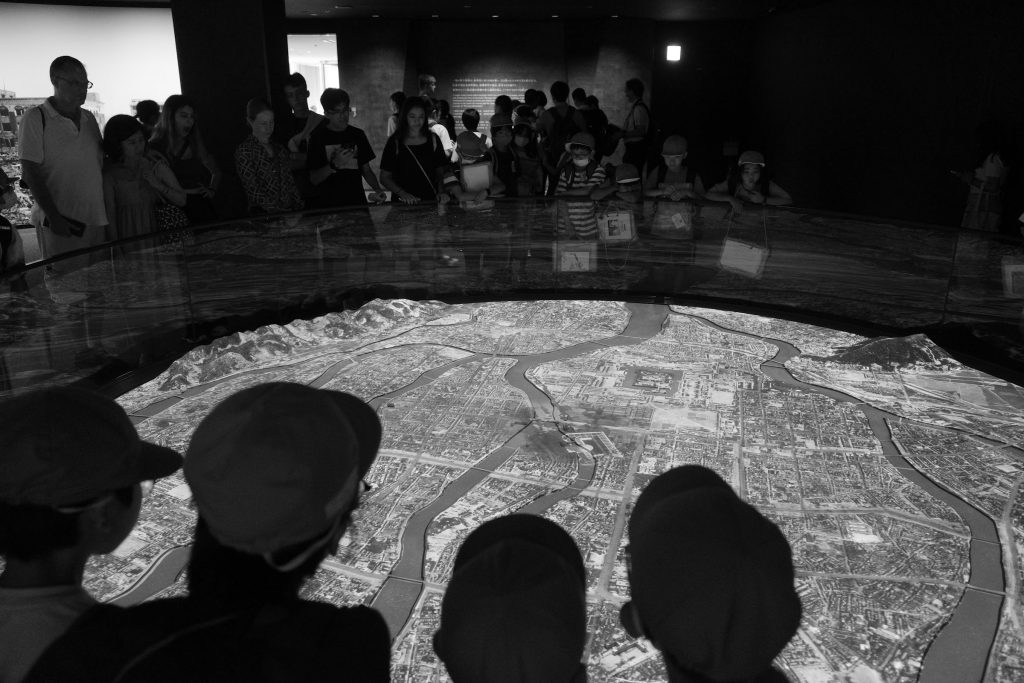
People lined up and waited patiently to pass each exhibit. Museum staff had little to do but watch the well-behaved throngs. There was no one to reprimand or to remind not to touch or run or drink or yell, or even talk on a cell phone. Every single person, from kids to those well older than me, from families and tour groups and backpackers and others, everyone behaved themselves perfectly.
That speaks to the power of the amazing exhibit. Though we all knew the story, we were stunned, moved, saddened, and depressed by what we saw up close. We learned how fragile our world is, how easily we can destroy each other, and how we must never again let this happen.
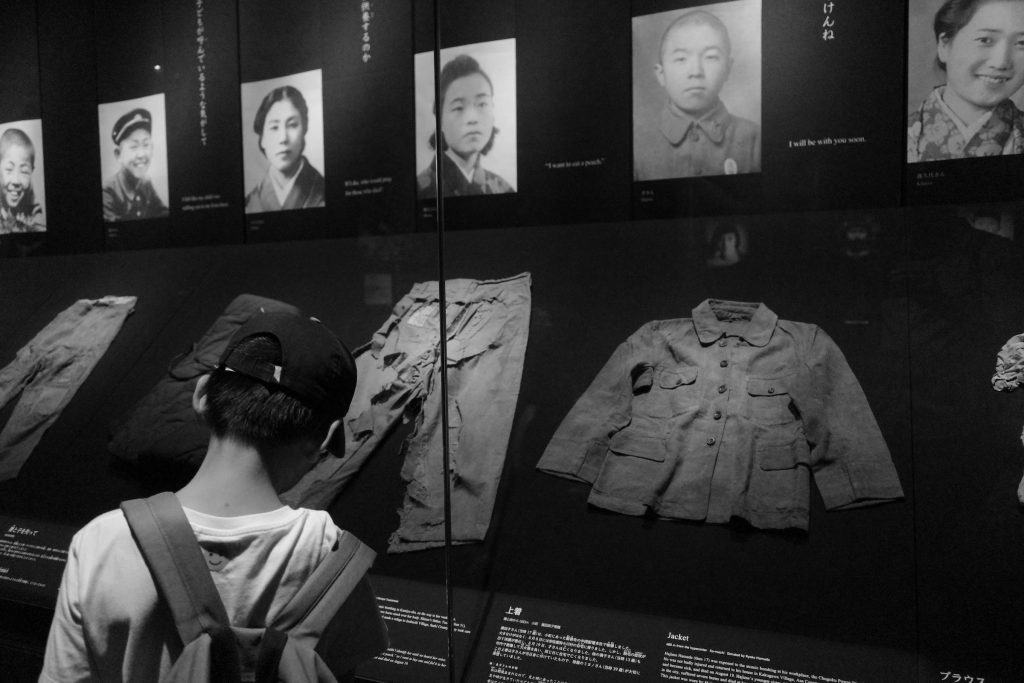
And yet, as I moved through the day, I thought of the war in Ukraine (just one of many raging around the world), and how my country is now sending weapons that we know will kill and maim children and others for decades to come (see this post I wrote about cluster bombs while in Laos). I thought of how our military spending grows by billions every year. We spend more than the top ten highest spending countries combined, while other needs are underfunded.
My inbox this morning had an alert from the US Embassy in Tokyo regarding the upcoming anniversary of the Hiroshima and Nagasaki bombings. US citizens in Japan are warned to “keep a low profile” and avoid any areas of demonstrations. Hmm.
To accept the status quo and abandon the ideal of peace maintained without military force is to threaten the very survival of the human race.
Matsui Kazumi, Mayor – City of Hiroshima
One survivor of the bombing, protesting outside the museum, told the story of President Obama’s visit to Hiroshima, the first visit of any sitting US president. Look closely, though, and you will see a military escort carrying the “nuclear football” containing the nuclear codes, just in case. President Biden’s escort brought the bag into the peace museum just last month during his visit. What have we actually learned since the horrible bombing of Hiroshima?
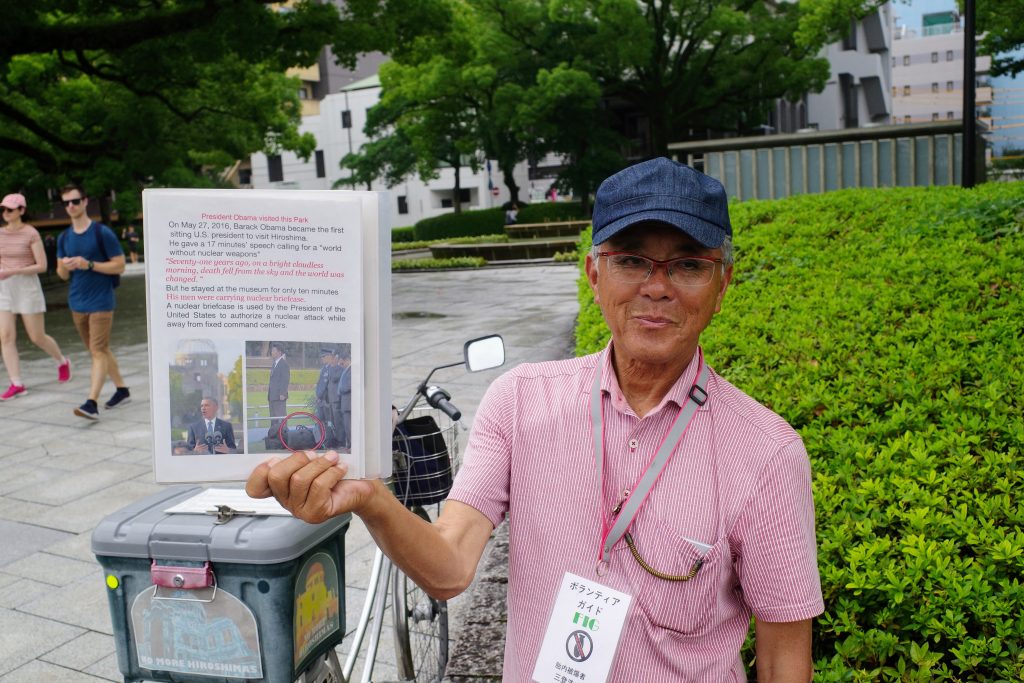
It seems that we could all learn something from the Japanese school children who so reverently walked through the exhibits and have undoubtedly gained much insight into the horrors of war and the dangers of living in a world with nuclear weapons.
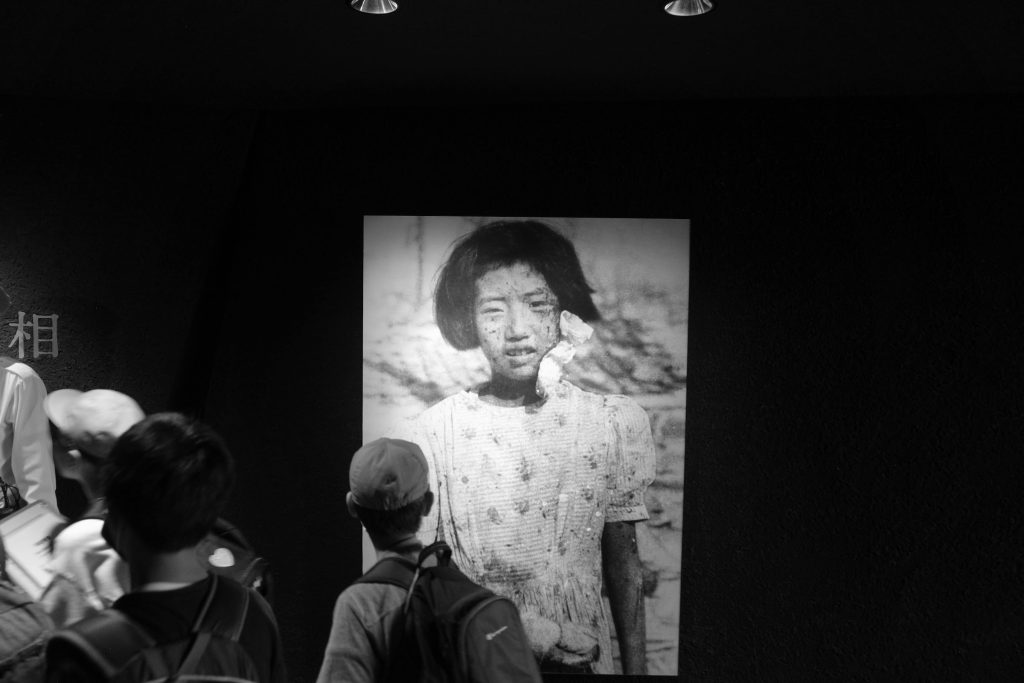
Below are photos from the various exhibits that show not only what happened at 8:15 in the morning on August 6, 1945, and the 140,000 lives that were lost, but the terrible and lasting toll the radiation from the bomb has taken, killing and maiming for generations. Though I have not included the most horrific images, be warned that they are still very hard to take in.

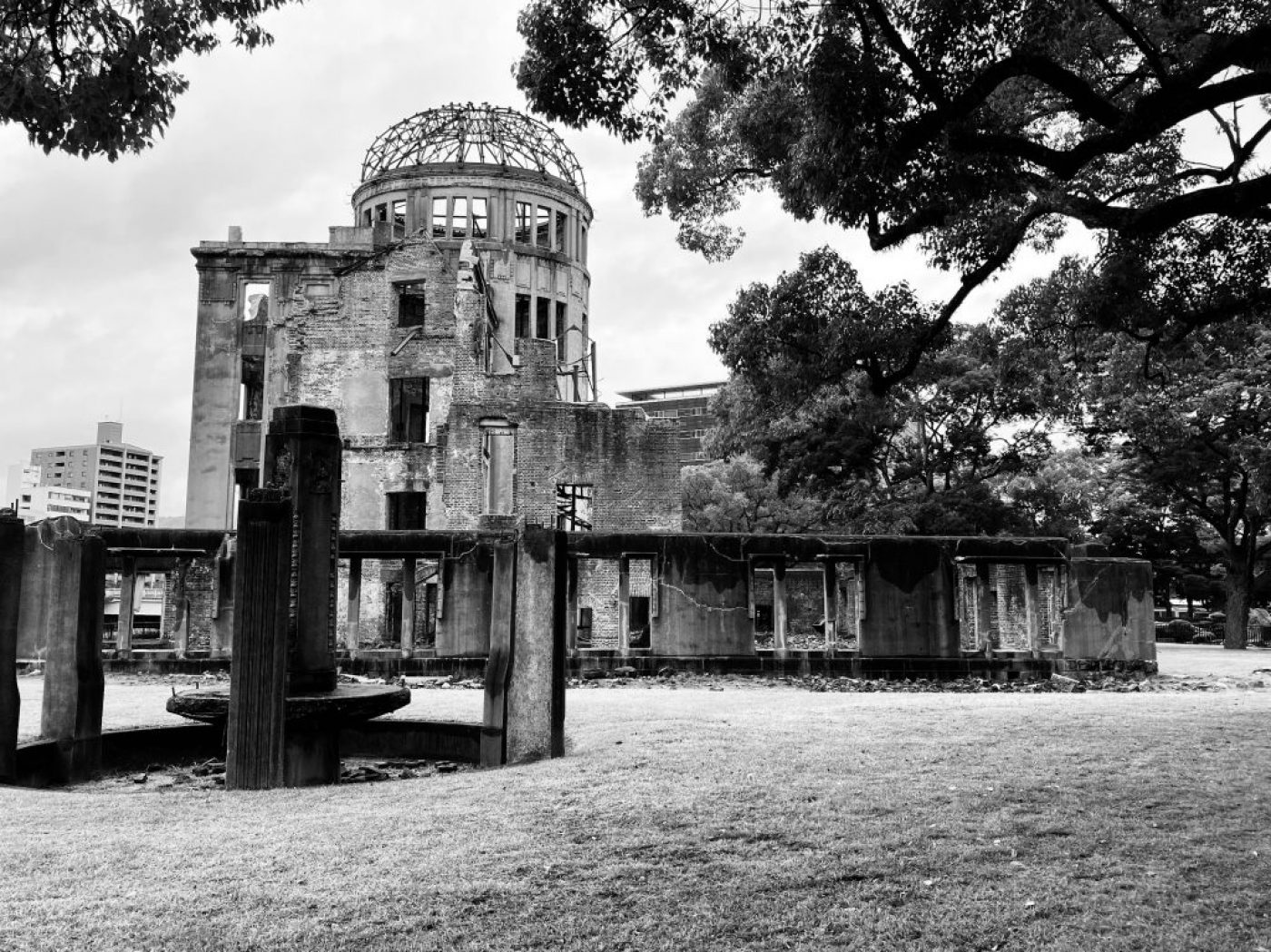
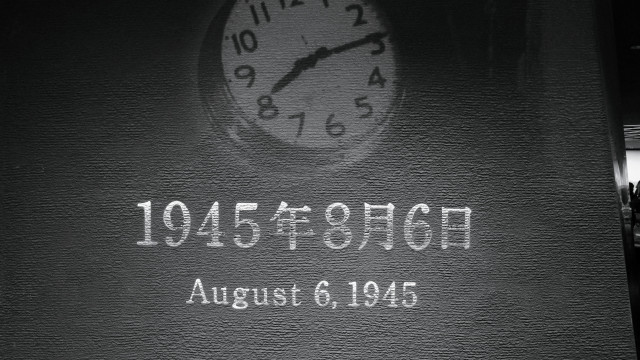
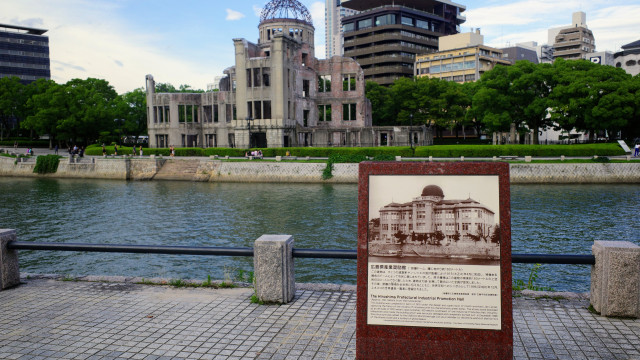
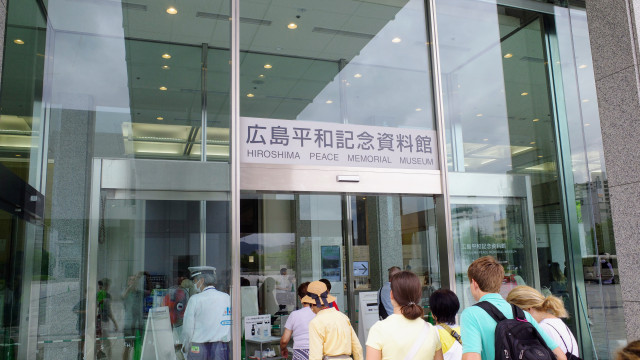
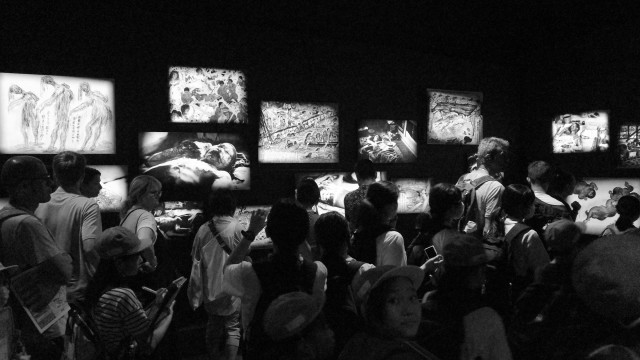
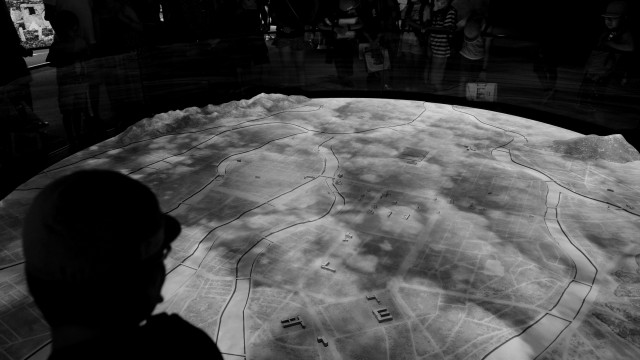
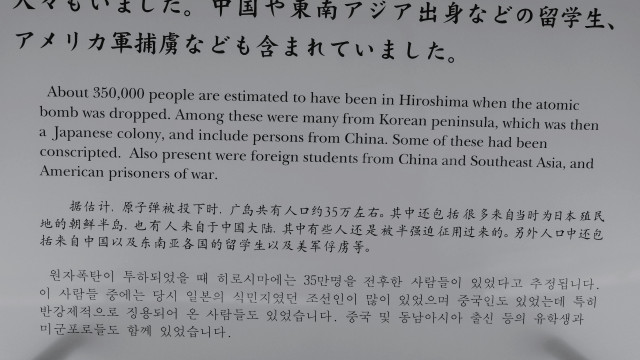

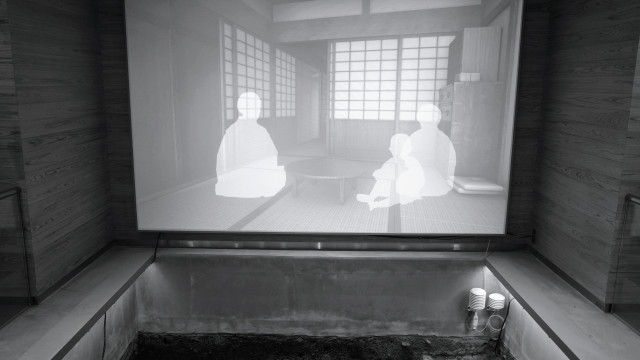
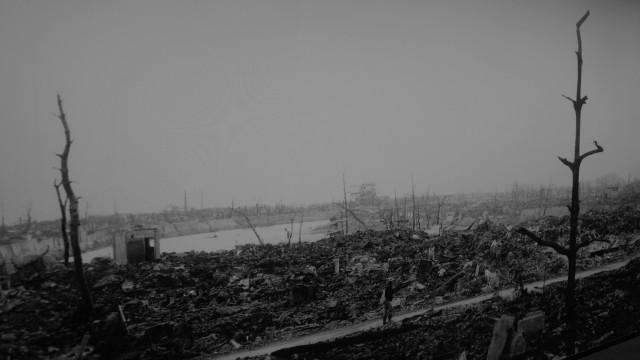
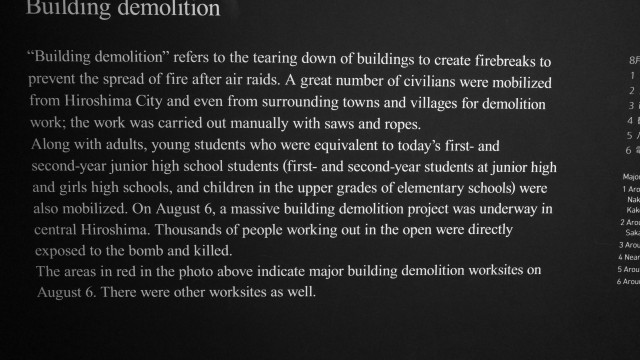

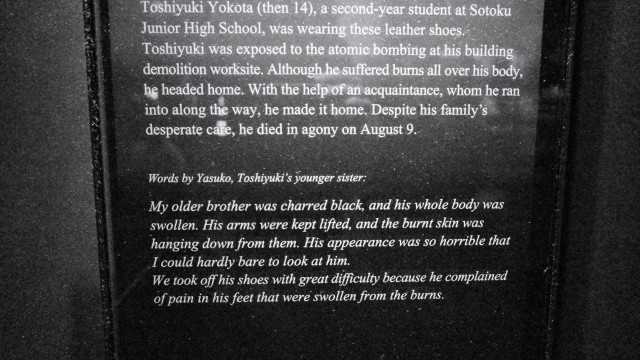
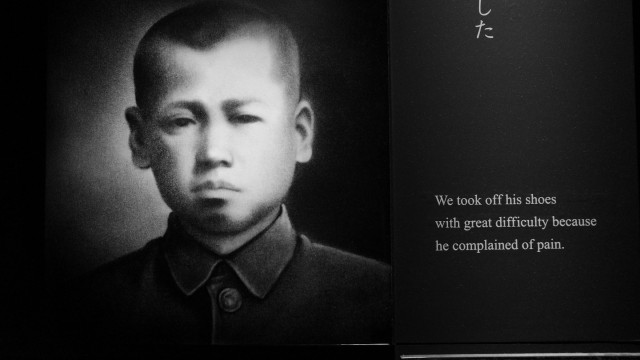

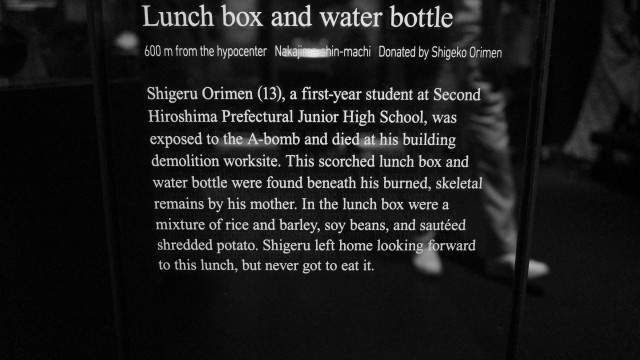

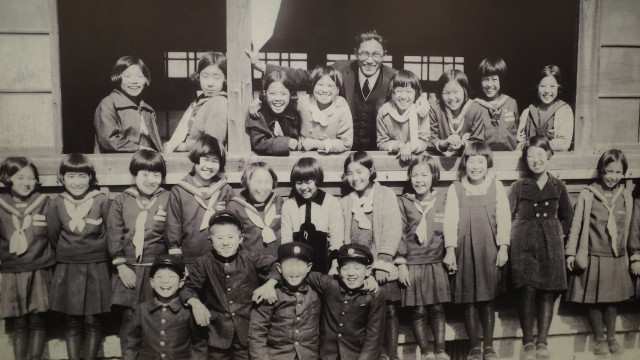
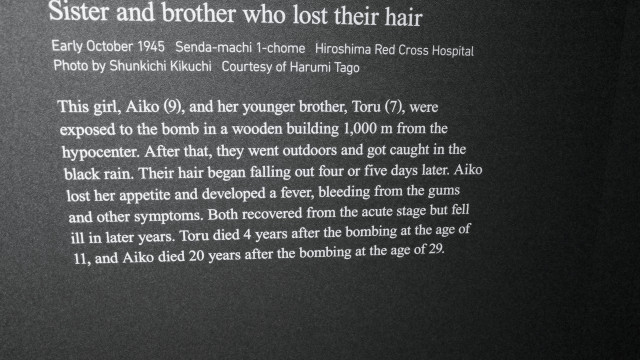

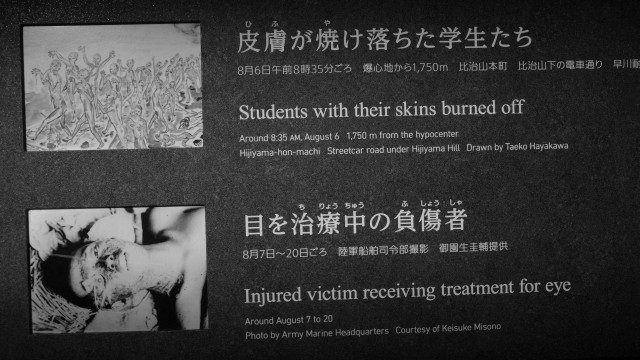
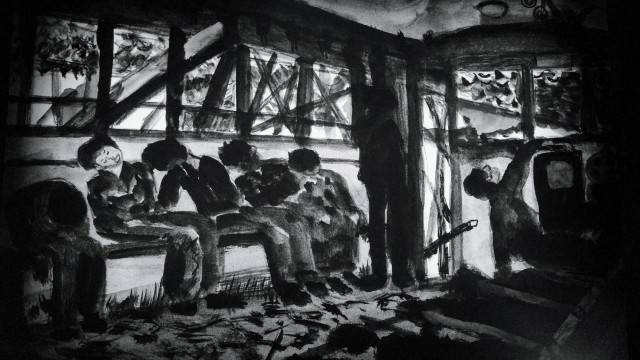
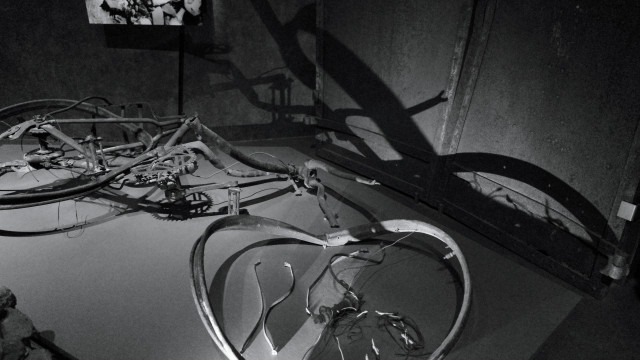
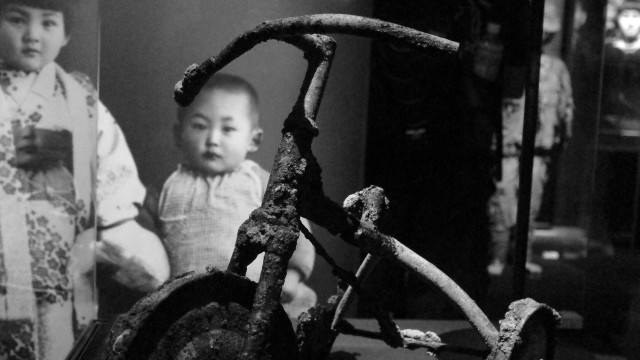
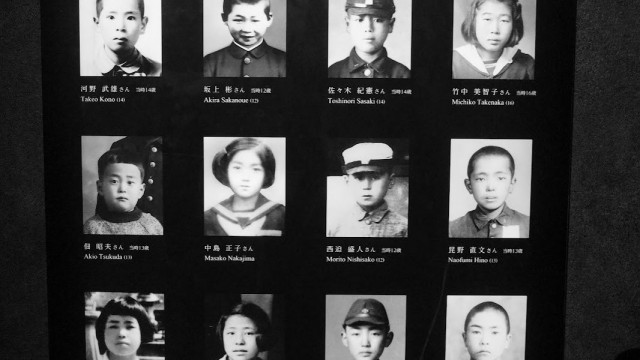

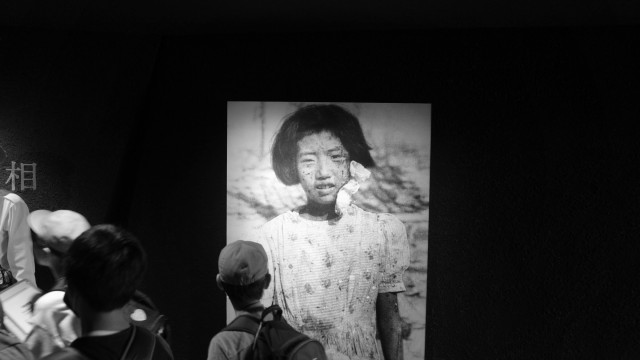

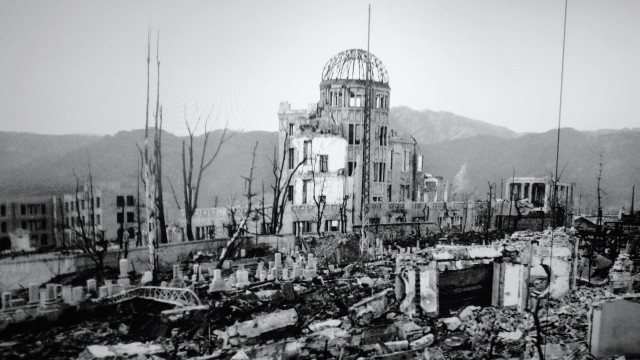
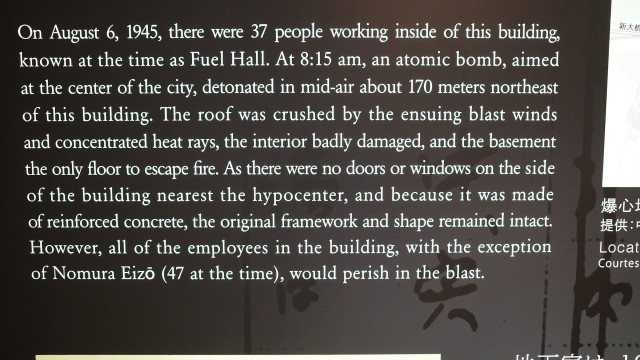
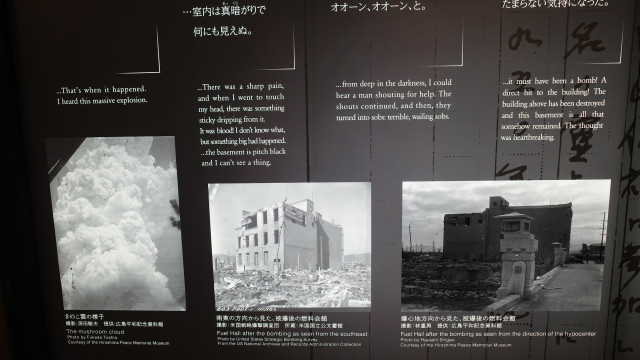
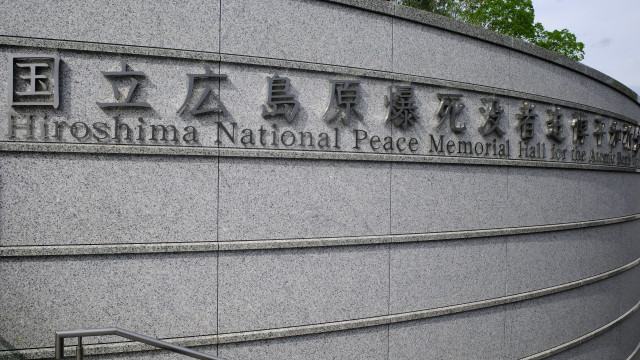
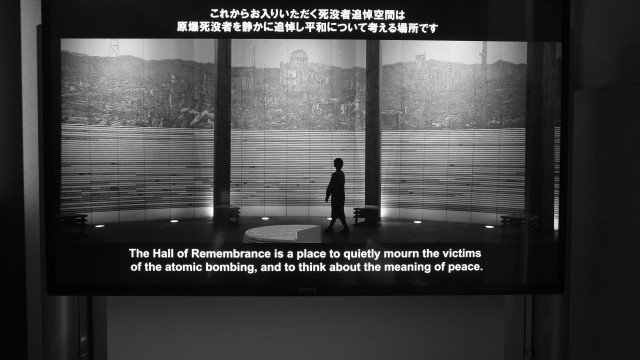

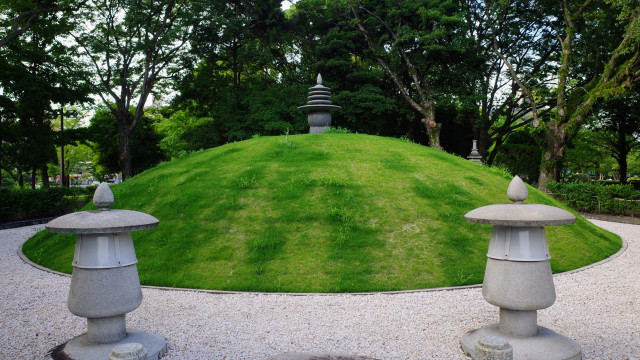


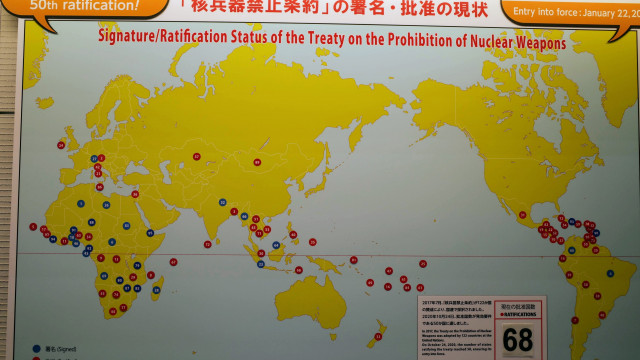
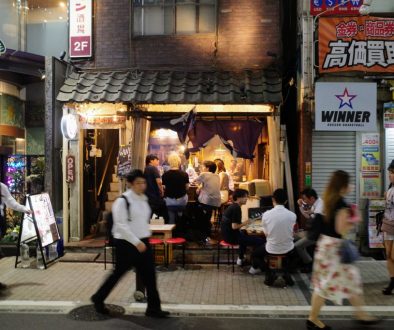
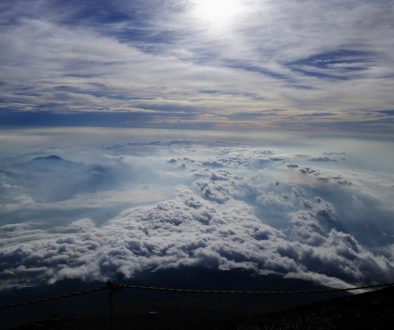
July 22, 2023 @ 09:37
No words ~ beyond horror
July 22, 2023 @ 10:36
So very powerful, Tim…….many thanks for sharing your thoughts and insights.
July 23, 2023 @ 20:32
I have no words, only heartache. Nonetheless, thank you, Tim, for sharing this.
August 14, 2023 @ 06:41
The Peace Tree is In the national Arboretum. The Bonsai was gifted to the US 30 years after Hiroshima by the Yamaki family. The tree is from the 1700’s. It is one of their famous bonsais that survived the bombing. Ultimate symbol of peace, forgiveness and friendship.
September 19, 2023 @ 14:55
Thanks for the info, Alexa. I will have to look for it next time I am there.